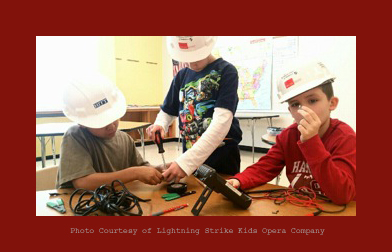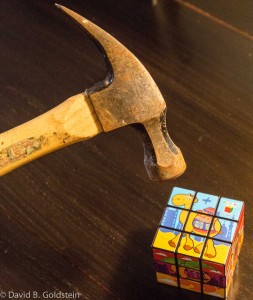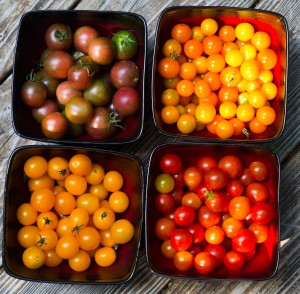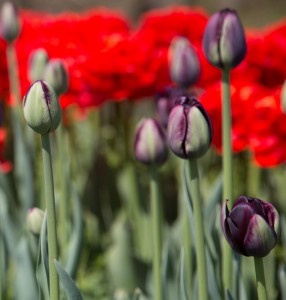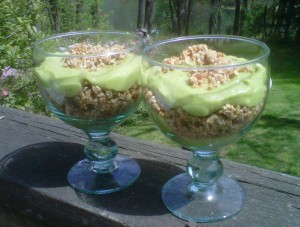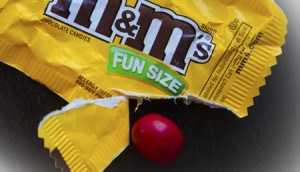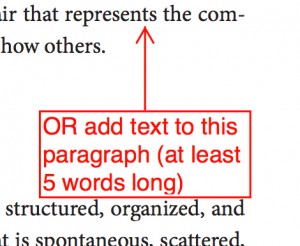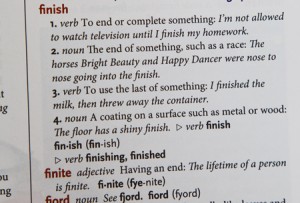As I’ve discovered through my work, third grade may be the very time that matters most in determining our creative potential. So what seems to happen around the third grade to discourage us? Many people interviewed for my book had variations of the same story. They once enjoyed singing or dancing, building or drawing — but today, they don’t see themselves as creative. Ask why they stopped and they often confess to something that happened around the third grade.
They were doing something original and exciting — like singing a rhyme they wrote or using a purple crayon for coloring a tree — and were criticized and laughed at for the very achievement they were most proud.
It doesn’t take much for children to give up on being original. In fact the other day a retired teacher who had taught all ages said to me that she enjoyed teaching 2nd graders best because: “You can ask the students to become flowers and they become flowers — they still use their imagination and act creatively.”
Here at this critical junction in our development, in her classroom Mary Ruth McGinn, along with her adult volunteers encourages their third grade Lightning Strike Kids Opera Company to be original. Opera is both the process and the product where creativity is encouraged and academic lessons from the classroom are tried and applied in real ways.
This isn’t art for art’s sake, here every day creativity is practiced, promoted, on a schedule, and has a deliverable. On my visit, with only 10 remaining group meetings before opening day, everything had a purpose. The writers were writing dialog to be read by the performers. The performers watched a video of their scenes and self-critiqued to make adjustments. Composers were deciding where to insert sounds and songs into the script to evoke moods. The public relations team produced a press release to be sent to local school principles, legislators, and media to spread the word. Designers were creating costumes with styles and colors to suit the characters. Set builders and electricians were using tools and technology for building an atmosphere on stage with lights to enhance the storyline. Everyone was using math to count, to time, to measure, and to design. And since everyone is naturally creative in different ways, the production of an opera provides many ways to contribute.
Among some educators, there’s a shift toward STEM which stands for Science, Technology, Engineering and Mathematics which are seen as core subjects essential for student’s success and competitiveness. And within STEM there is a growing movement to integrate Arts. And with the “A” from Arts, STEM becomes STEAM and becomes more powerful. Arts amplify sciences by showing there is often more than one right answer and the arts provide a way to design, experiment, and apply creativity.
Many people talk about instilling creativity into learning and Ms. McGinn’s Opera Kids put on more than a show. The students are using their education and ideas by putting them into practice, learning about leadership, and collaborating with people with diverging ideas.
Studies have shown that most people believe creativity is necessary for economic growth, to remain competitive, and to improve our standard of living. 8 years old seems to be the very time that children need the experiences and encouragement to retain their creativity, whatever the product happens to be in this case a live performance – integration of the arts are essential. As third graders can learn to collaborate to produce an opera they will have the STEAM to grow into the next generation of creators to benefit us all.
